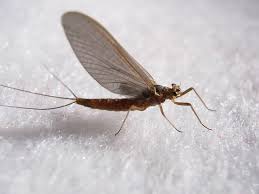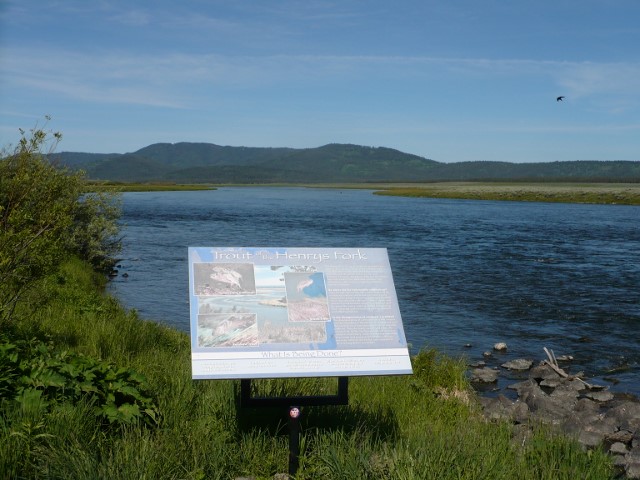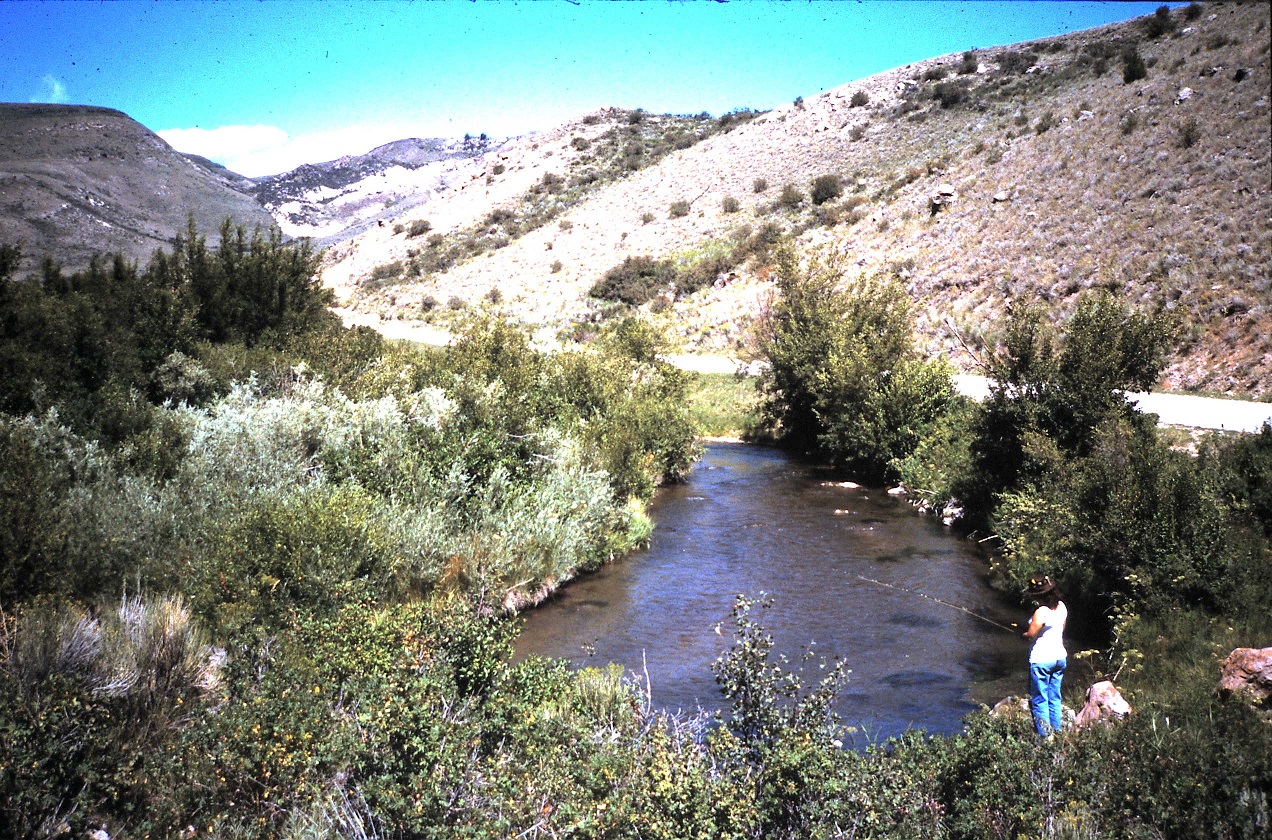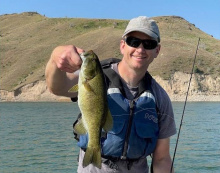Southwest Montana, August 29th, 2023
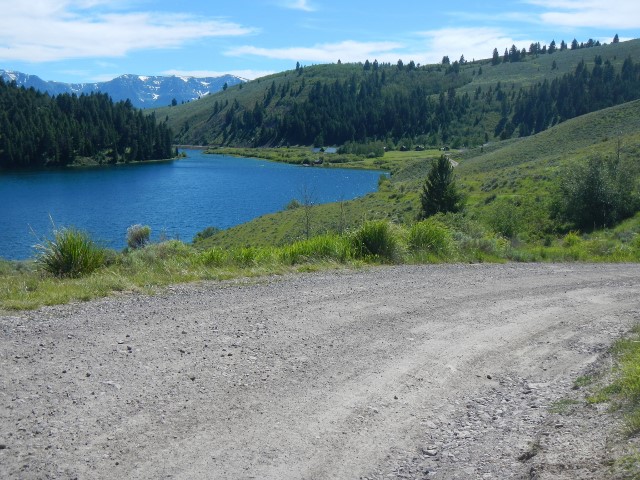
Elk Lake from Hidden Lake Road
Spruce fly numbers are beginning to diminish, but fly ants are making an appearance on both the Madison and Gallatin Rivers. As with so many other streams, hopper dropper combinations are working on both rivers. Above Hebgen Reservoir, an important fly fishing event is beginning; the migration of brown and rainbow trout from Hebgen Lake into the Yellowstone Park portion of the Madison River. True, numbers are small, but are increasing. So what is worth considering is that the number of streamer pitching enthusiasts is also small compared what will be encountered in October!
Elsewhere, lake trout in Elk Lake will be moving into shallower waters having rocky substrate to spawn. Streamer patterns presented on full sink lines will give the best chances to encounter them.

